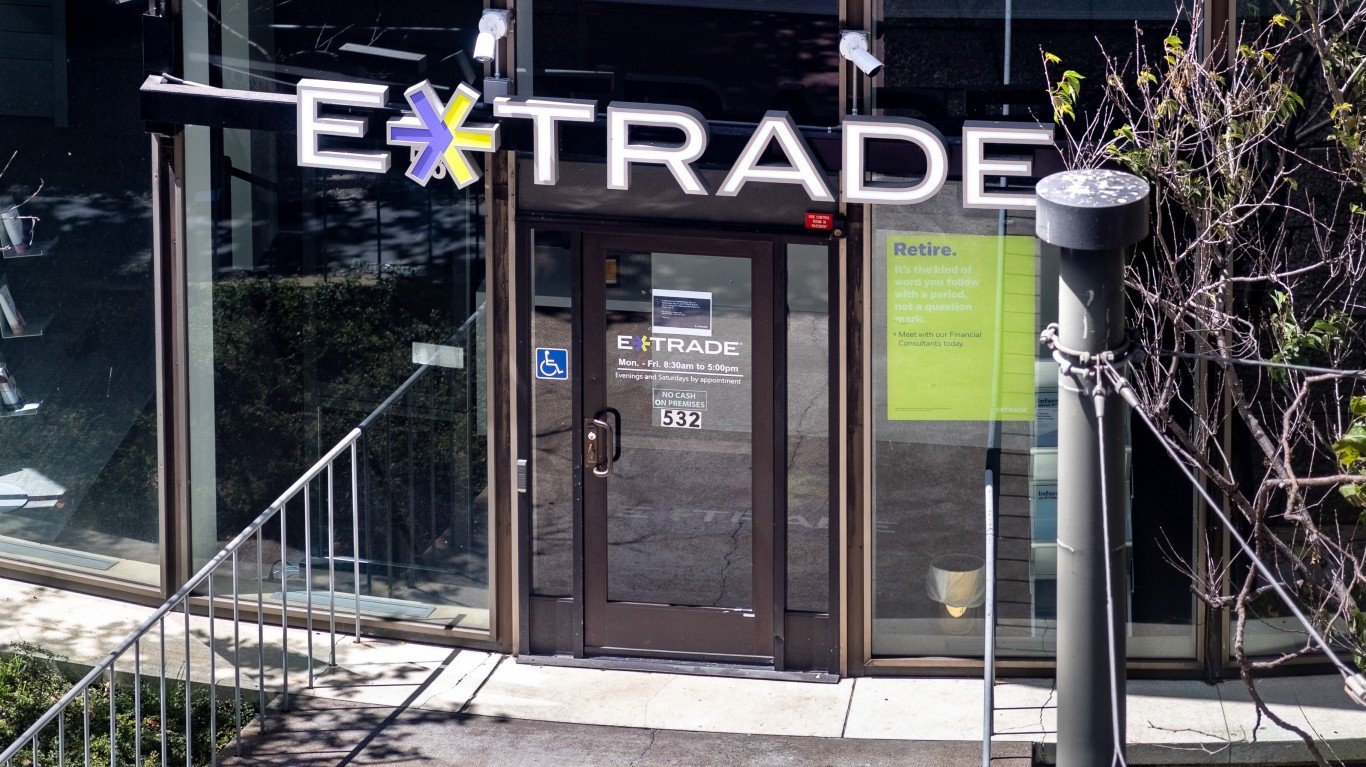![]() The Conference Board this morning released its Employment Trends Index for June. Compared with June 2011, the index is up 5.6%, but compared with a revised May index the reading is down by about -0.7%. June’s index reading of 107.47 fell from the May reading of 108.23.
The Conference Board this morning released its Employment Trends Index for June. Compared with June 2011, the index is up 5.6%, but compared with a revised May index the reading is down by about -0.7%. June’s index reading of 107.47 fell from the May reading of 108.23.
The Conference Board’s director of macroeconomic research noted:
The Employment Trends Index has been flat since February, suggesting that slow employment growth is likely to continue through the summer. Since there is little hope of acceleration in the pace of economic activity any time soon, these weak labor market conditions are likely to persist for the coming months.
Among the eight indicators the Conference Board uses to compile this index, the one showing the biggest decline was the percentage of firms with positions not able to fill right now. Does this indicate a structural problem (people looking for work don’t have the proper skills) or could this mean that employers are looking for the ‘perfect’ hire and taking more time to find such a person? Or is something else slowing down job growth?
If the slow jobs growth were a structural issue, economists would expect to find one area of employment where wages are rising as employers bid up the price for employees. There is no evidence of that.
Alternatively, employers receive so many applications from qualified employees for every job, the firms can afford to be choosy. Besides, with demand generally soft, taking extra time to make a hiring decision is often a wise choice.
Another possibility is that some employers, particularly those with fewer than 50 employees, are not hiring because they either cannot afford to meet the requirements of the new health care law or they do not want to grow to more than 50 employees, the point at which their benefits costs will rise even further. This makes a good sound bite, but the fact is, that benefits costs resemble taxes: if business is booming and the revenue is rolling in, then businesses expand because they’d be stupid not to. If the US economy were growing at, say, 3%-4%, there would be no hesitation about hiring, no qualms about health care benefits, and no serious grousing about taxes.
The Conference Board’s Employment Trends Index recently peaked at around 124 in March 2007 and fell all the way to around 87.82 in May 2009. At its current level of 107.47 it’s come back about two-thirds of the way from its bottom, but that rise has taken more than three years whereas the fall took less than half that time.
The slow growth in employment mirrors the slow growth in the US economy. Neither can grow if the other is stagnant.
Paul Ausick
Sponsored: Find a Qualified Financial Advisor
Finding a qualified financial advisor doesn’t have to be hard. SmartAsset’s free tool matches you with up to 3 fiduciary financial advisors in your area in 5 minutes. Each advisor has been vetted by SmartAsset and is held to a fiduciary standard to act in your best interests. If you’re ready to be matched with local advisors that can help you achieve your financial goals, get started now.
Thank you for reading! Have some feedback for us?
Contact the 24/7 Wall St. editorial team.



